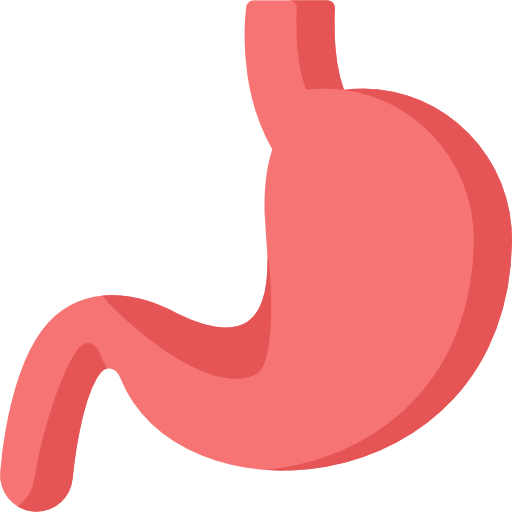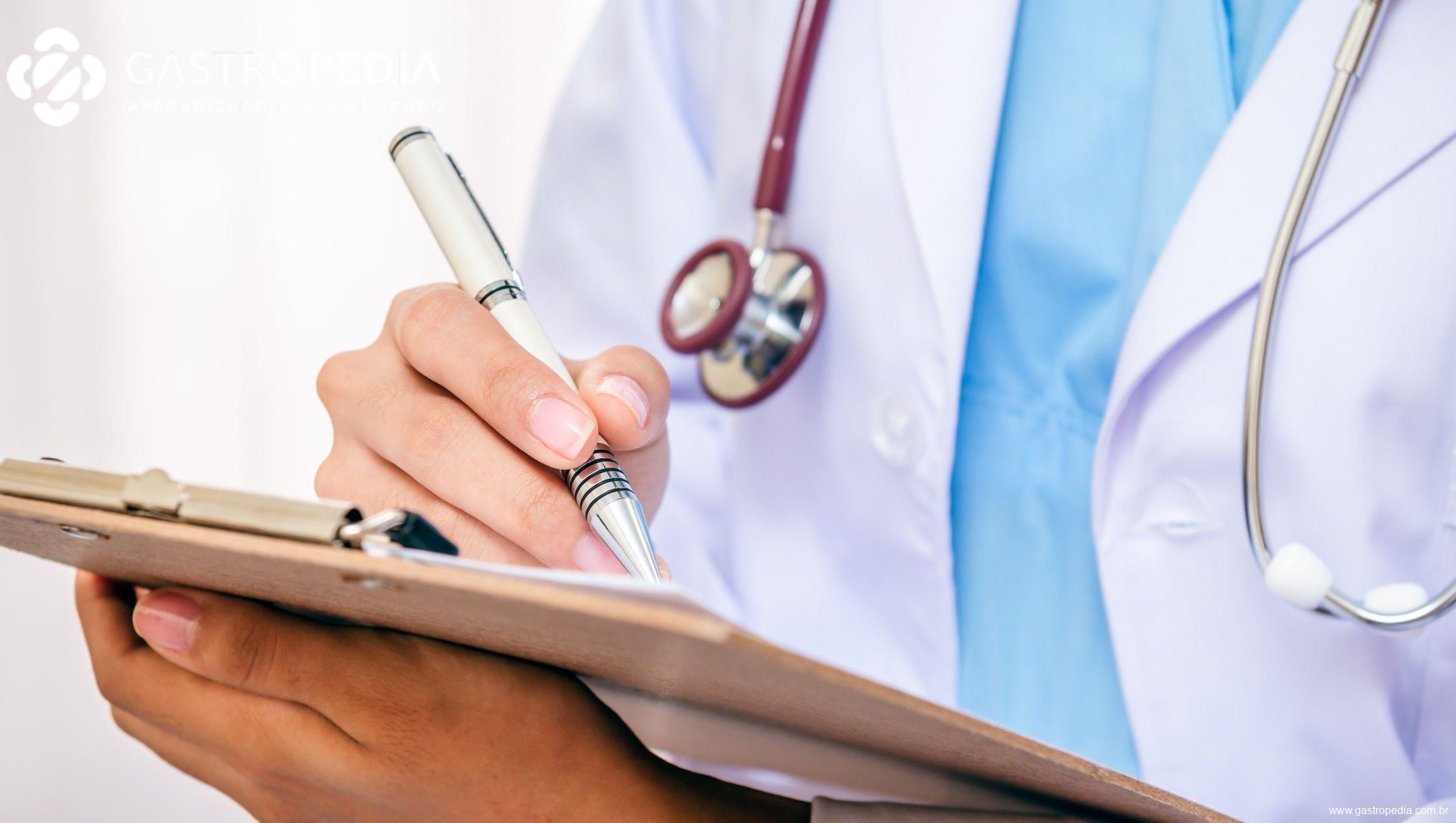What is sigmoidoscopy?
Have you heard about rectosigmoidoscopy? If you’re looking for detailed information about this examination, you’ve come to the right place!
In this article from EndoBlog, understand all aspects of rectosigmoidoscopy: its purpose, how it is performed, and how to prepare for the procedure.
Rectosigmoidoscopy is a medical examination that reveals valuable information about your intestine and the health of your colon. By understanding what this exam involves, why it is performed, and the steps in preparation, you will equip yourself with the necessary knowledge to face the procedure with confidence.
Happy reading.
What is rectosigmoidoscopy and what is it for
Rectosigmoidoscopy is a medical procedure that involves the use of a flexible, illuminated tube, known as a sigmoidoscope, to examine the lower portion of the intestine, also called the large intestine.
This tube is inserted through the rectum and gradually advances until it reaches the sigmoid colon region. Thus, the doctor can view the final part of the colon.
What it’s for
This exam is essential for the early detection of colon or rectal cancer, especially useful for screening this condition in individuals who do not show symptoms but have risk factors for developing this type of cancer.
In addition, rectosigmoidoscopy also helps in the diagnosis of symptoms such as diarrhea, bleeding, pain, or inflammation in the rectum.
When is the exam necessary?
The rectosigmoidoscopy exam is recommended by the coloproctologist or gastroenterologist in the following situations:
- Evaluation of specific conditions, such as hemorrhoids, fissures, and anal fistulas;
- Searching for the underlying cause of fulminant colitis, a severe inflammation of the colon;
- Identification of diverticula and polyps;
- Investigation of possible masses or tumors in the rectal region;
- Locating the source of intestinal bleeding;
- Monitoring of inflammatory diseases that affect the rectum;
- Colorectal cancer screening.
The doctor may also recommend rectosigmoidoscopy to observe possible changes associated with alterations in bowel habits.
In each of these circumstances, rectosigmoidoscopy serves as a valuable tool in diagnosis, follow-up, and clinical decision-making, with the aim of preserving digestive health and the well-being of the patient.
How is it done?
By inserting an instrument (rigid or flexible sigmoidoscope) through the anus, it is possible to get a detailed visualization of the intestinal regions: the rectum and the sigmoid colon.
How to prepare for rectosigmoidoscopy
Before rectosigmoidoscopy, fasting is not mandatory or a specific diet is not required. However, it is advisable to have light meals on the day of the procedure, in order to minimize any stomach discomfort.
For proper preparation, it is recommended to perform a cleaning of the final portion of the large intestine, with the introduction of a glycerin suppository or by an enema, approximately four hours before the exam.
It is important to repeat this process again, two hours before the scheduled time for the rectosigmoidoscopy, according to the instructions provided by the doctor.
These preparation steps are essential for clear visualization during the exam and to obtain accurate results.
Get to know EndoBlog
Now that you are familiar with rectosigmoidoscopy, its applications, and preparation steps, explore more valuable information about digestive system health on the EndoBlog site.
Our portal is dedicated to providing reliable and well-founded knowledge, with insights directly from a specialized medical team in gastroenterology.

